Hi Vis Shirt Reflective Tapes Green Neon And Violet US Flag Custom
29.99 $ – 59.99 $

The Importance of Hi-Vis Shirts in Safety
High-visibility shirts, commonly known as hi-vis shirts, play an essential role in ensuring safety across a myriad of work environments. These garments are especially crucial in settings such as construction sites, roadwork, and emergency response situations, where workers are exposed to potential hazards. The neon green color, paired with reflective tapes, significantly enhances visibility, especially during low-light conditions or at a distance, which is vital for accident prevention.
The correlation between visibility and safety cannot be understated. In high-traffic areas, the presence of hi-vis clothing increases the likelihood that workers will be seen by drivers and machinery operators, thus reducing the chances of accidents. For instance, construction workers on highways often wear hi-vis gear to ensure their safety and alert others through bright colors, providing a visual cue during the critical moments of interaction with heavy equipment. Moreover, in emergency situations, the quick recognition of responders in hi-vis shirts can save precious seconds that might be necessary for timely assistance.
To maintain consistent safety standards, various regulations govern the use of hi-vis clothing across different industries. In the United States, the American National Standards Institute (ANSI) outlines specific performance standards for high-visibility apparel, which must be adhered to in many job sectors. These standards not only specify the brightness levels required for different work environments but also the design elements like retroreflective materials that should be included to ensure maximum visibility.
In conclusion, the use of hi-vis shirts is indispensable for ensuring worker safety. Their bright coloring and reflective properties are integral to reducing accidents and preserving the well-being of employees in hazardous conditions. By following established safety regulations and recognizing the importance of visibility, organizations can foster safer workplaces and protect their workforce effectively.
Reflective Tapes: Functionality and Benefits
Reflective tapes are an essential element integrated into hi-vis shirts, specifically designed to enhance visibility in low-light and hazardous conditions. These tapes work by reflecting light back to its source, which significantly improves the wearer’s visibility to others. This functionality is crucial for workers in occupations such as construction, roadwork, and emergency services, where being easily seen can prevent accidents and increase safety. The technology behind reflective materials typically employs microglass beads or prisms, both of which are strategically embedded within the tape to achieve optimal reflectivity.
There are various types of reflective tapes available, ranging from those that meet specific safety standards to those designed for varying levels of durability. Some tapes are intended for permanent applications, while others are removable, catering to different industrial requirements. The designs may include striped patterns or solid reflective sections, allowing customization to meet the particular safety needs of a work environment. This diversity ensures that the appropriate tape can be selected based on the level of exposure to wear, wash, and environmental conditions.
Furthermore, reflective tapes complement the bright neon green fabric of hi-vis shirts, resulting in a visually striking garment that maximizes safety. Neon green offers high visibility during daylight and contrasting performance at night when paired with reflective features. To maintain the efficiency of reflective tapes, proper care is required. Washing should be done following recommended guidelines to prevent degradation of both the reflective properties and the garment itself. By understanding the importance of strategic reflective tape usage on hi-vis shirts, industries can significantly improve compliance with safety regulations and enhance worker protection in potentially dangerous environments.
| Types | LONG SLEEVES, Hawaiian Shirt, Polo Shirt, T-SHIRT, NORMAL HOODIE, ZIPPED HOODIE |
|---|---|
| Size | S, M, L, XL, 2XL, 3XL, 4XL, 5XL |
Be the first to review “Hi Vis Shirt Reflective Tapes Green Neon And Violet US Flag Custom” Cancel reply
Shipping
All our clothing/apparel are created On Demand and Cut and Sewed by hand! This means once you order a product the printing process starts. We use the best printers in the biz to ensure a great end product. Now… we can tell you all about how we print and what our process is, but it would be far easier to show you. This is why we created the video below of one of our production facilities:SHIPPING TIMES:
We provide shipping to over 200 countries around the world. However, there is some location we are unable to ship. If you happen to be located in one of those countries we will contact you. You will receive an email once your order is shipped that contains your tracking information. If you don’t receive the tracking information within 5 days, please contact us: support@workwearcustom.com. How long shipping takes really depends on where you are from. To make it easy for you we created this simple table to help you estimate:| LOCATION | *ESTIMATED SHIPPING TIME |
| United States | 7 – 15 business days |
| Mexico, Brazil, South Africa | 10 – 20 business days |
| Rest of the world | 10 – 20 business days |


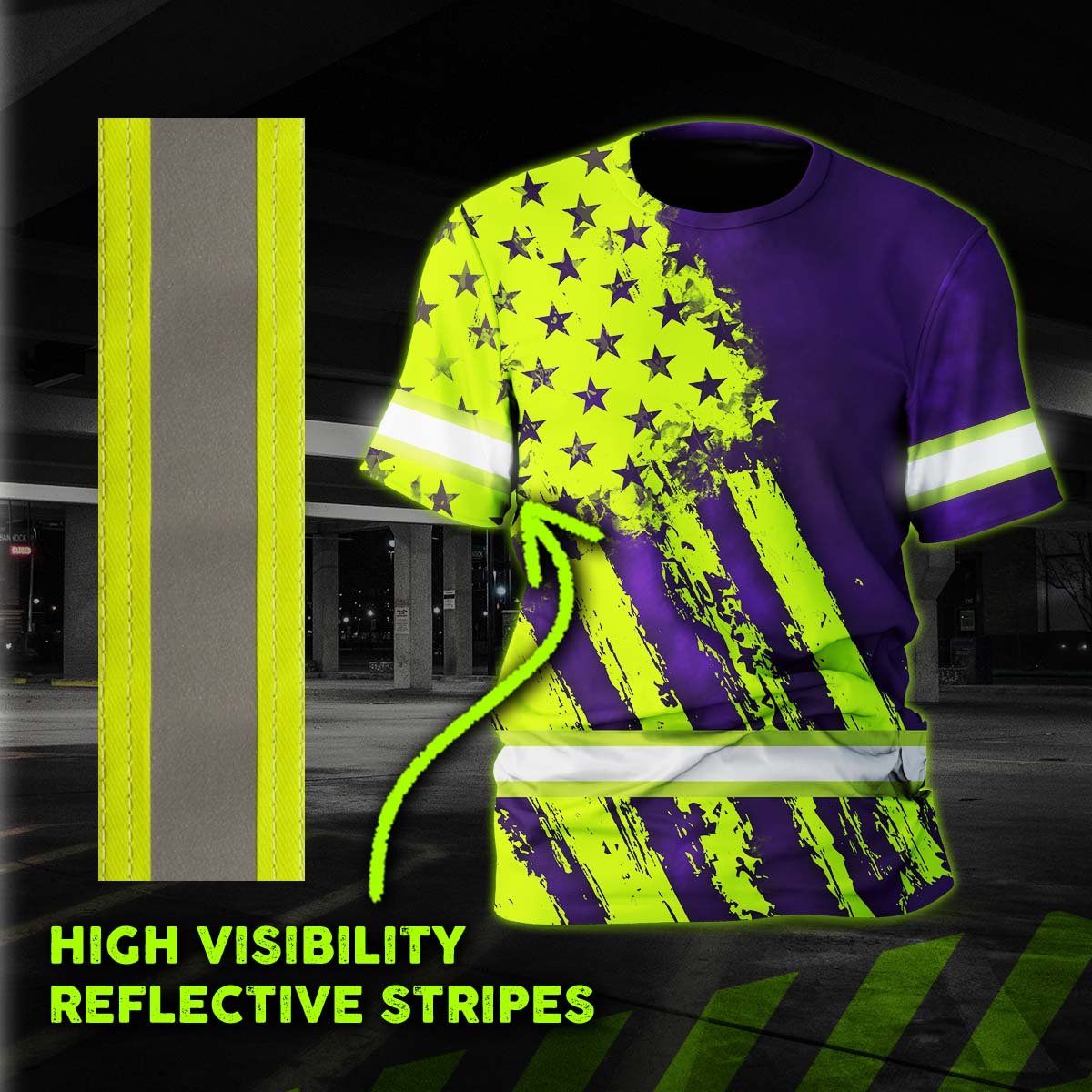

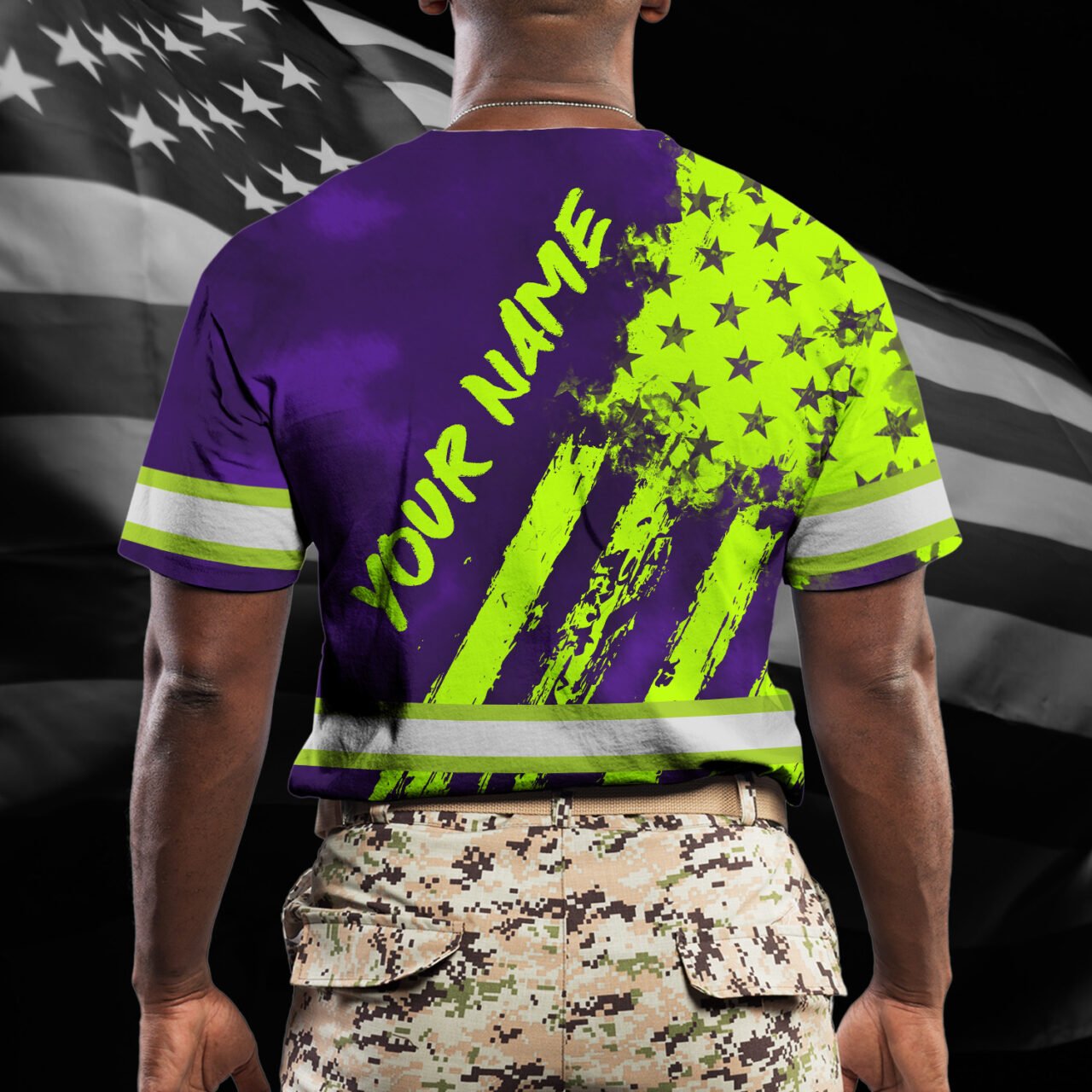
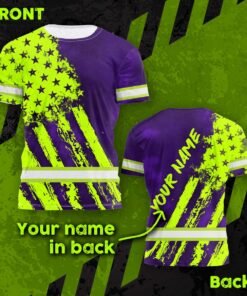
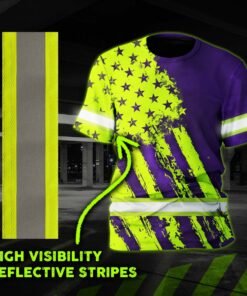
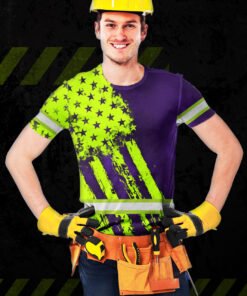
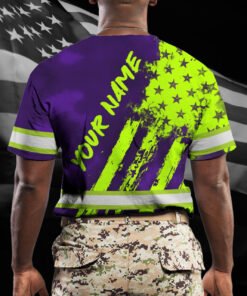
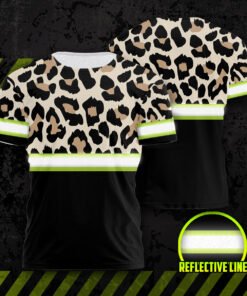
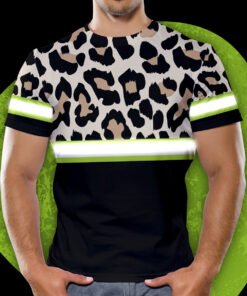
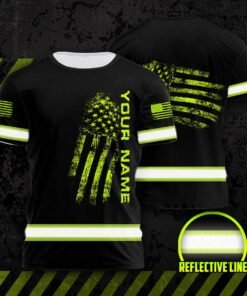
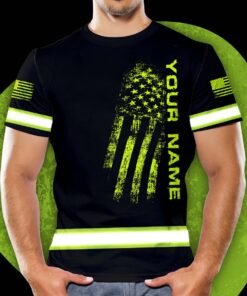
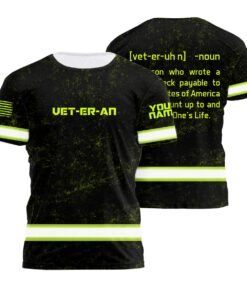
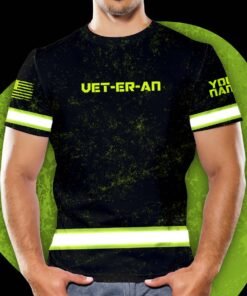
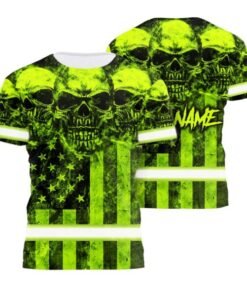


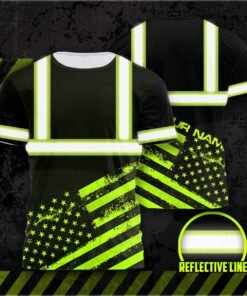
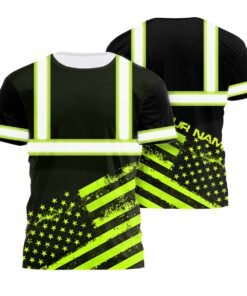
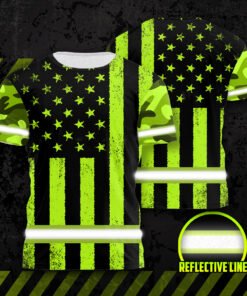
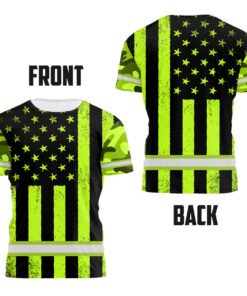

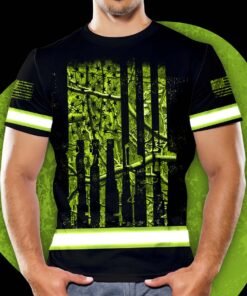
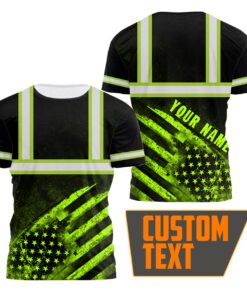
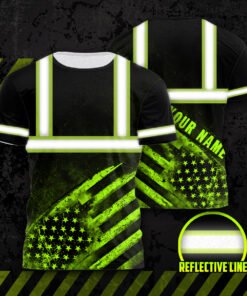
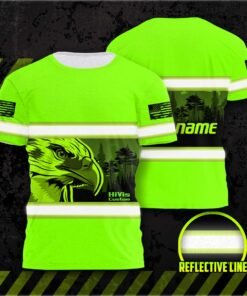
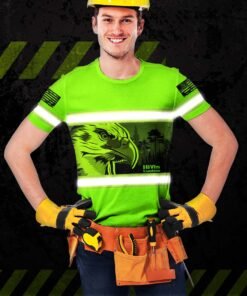
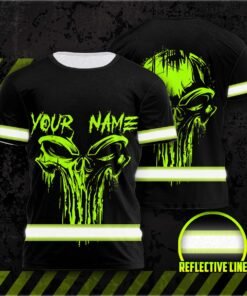

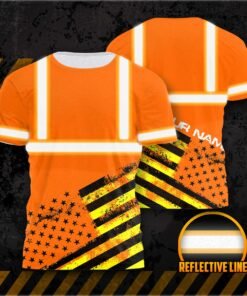
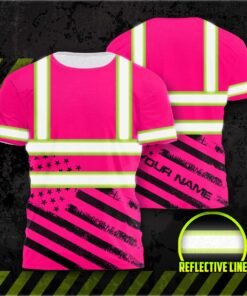

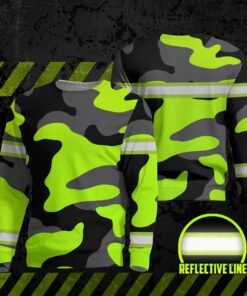
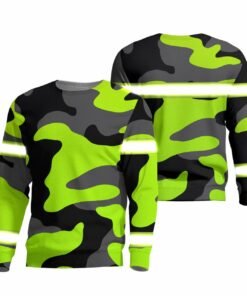
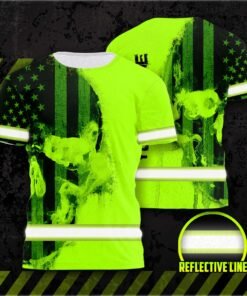

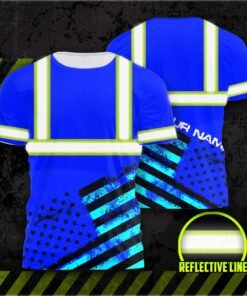

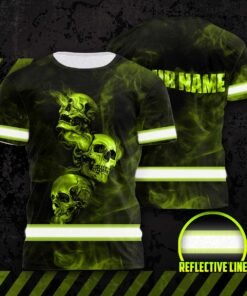
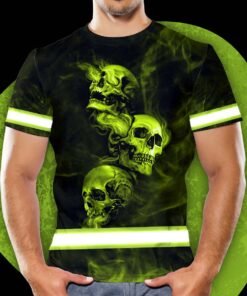
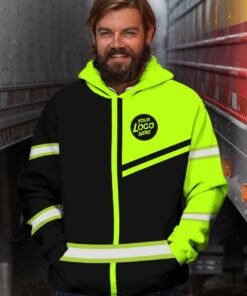


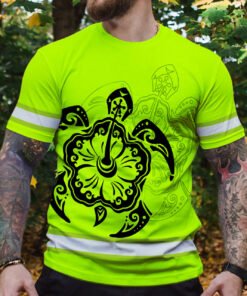
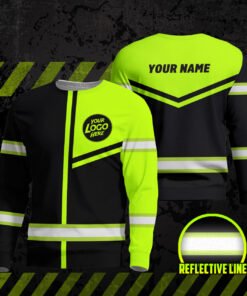
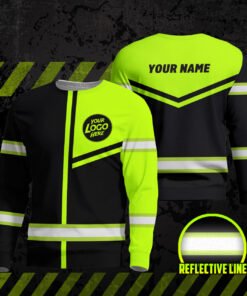



Reviews
There are no reviews yet.